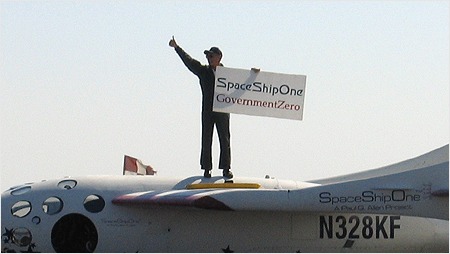
Breaking News
 California in Chaos Today! Atmospheric River Triggers Severe Flooding in Wrightwood
California in Chaos Today! Atmospheric River Triggers Severe Flooding in Wrightwood
 THIS Is The Fastest Way To Get Dementia...The 6 Science-Backed Brain Fixes!
THIS Is The Fastest Way To Get Dementia...The 6 Science-Backed Brain Fixes!
 2026 Will be the Year of Your Greatest Dreams or Worst Fears
2026 Will be the Year of Your Greatest Dreams or Worst Fears
 Joe Rogan Experience #2431 - Shane Gillis
Joe Rogan Experience #2431 - Shane Gillis
Top Tech News
 EngineAI T800: Born to Disrupt! #EngineAI #robotics #newtechnology #newproduct
EngineAI T800: Born to Disrupt! #EngineAI #robotics #newtechnology #newproduct
 This Silicon Anode Breakthrough Could Mark A Turning Point For EV Batteries [Update]
This Silicon Anode Breakthrough Could Mark A Turning Point For EV Batteries [Update]
 Travel gadget promises to dry and iron your clothes – totally hands-free
Travel gadget promises to dry and iron your clothes – totally hands-free
 Perfect Aircrete, Kitchen Ingredients.
Perfect Aircrete, Kitchen Ingredients.
 Futuristic pixel-raising display lets you feel what's onscreen
Futuristic pixel-raising display lets you feel what's onscreen
 Cutting-Edge Facility Generates Pure Water and Hydrogen Fuel from Seawater for Mere Pennies
Cutting-Edge Facility Generates Pure Water and Hydrogen Fuel from Seawater for Mere Pennies
 This tiny dev board is packed with features for ambitious makers
This tiny dev board is packed with features for ambitious makers
 Scientists Discover Gel to Regrow Tooth Enamel
Scientists Discover Gel to Regrow Tooth Enamel
 Vitamin C and Dandelion Root Killing Cancer Cells -- as Former CDC Director Calls for COVID-19...
Vitamin C and Dandelion Root Killing Cancer Cells -- as Former CDC Director Calls for COVID-19...
 Galactic Brain: US firm plans space-based data centers, power grid to challenge China
Galactic Brain: US firm plans space-based data centers, power grid to challenge China
Come on Hollywood, Give Us an X Prize Movie Already

That'll change this month with the publication of Julian Guthrie's new book How to Make a Spaceship.
Writing the book required Guthrie, an award-winning journalist, to immerse herself in the world of aeronautics.
"It was a very steep learning curve for me," Guthrie says in Episode 221 of the Geek's Guide to the Galaxy podcast. "Literally it's rocket science."
The book focuses on Peter Diamandis, who was so driven to get to space that he announced the $10 million X Prize without having any idea where the money was going to come from. The decade-long fundraising crusade that ensued was so full of twists, turns, and nail-biters that Guthrie found it harrowing just to write about.
"I was like, 'Oh my god, isn't someone ever going to say yes to this guy?'" she says. "It was very stressful."



